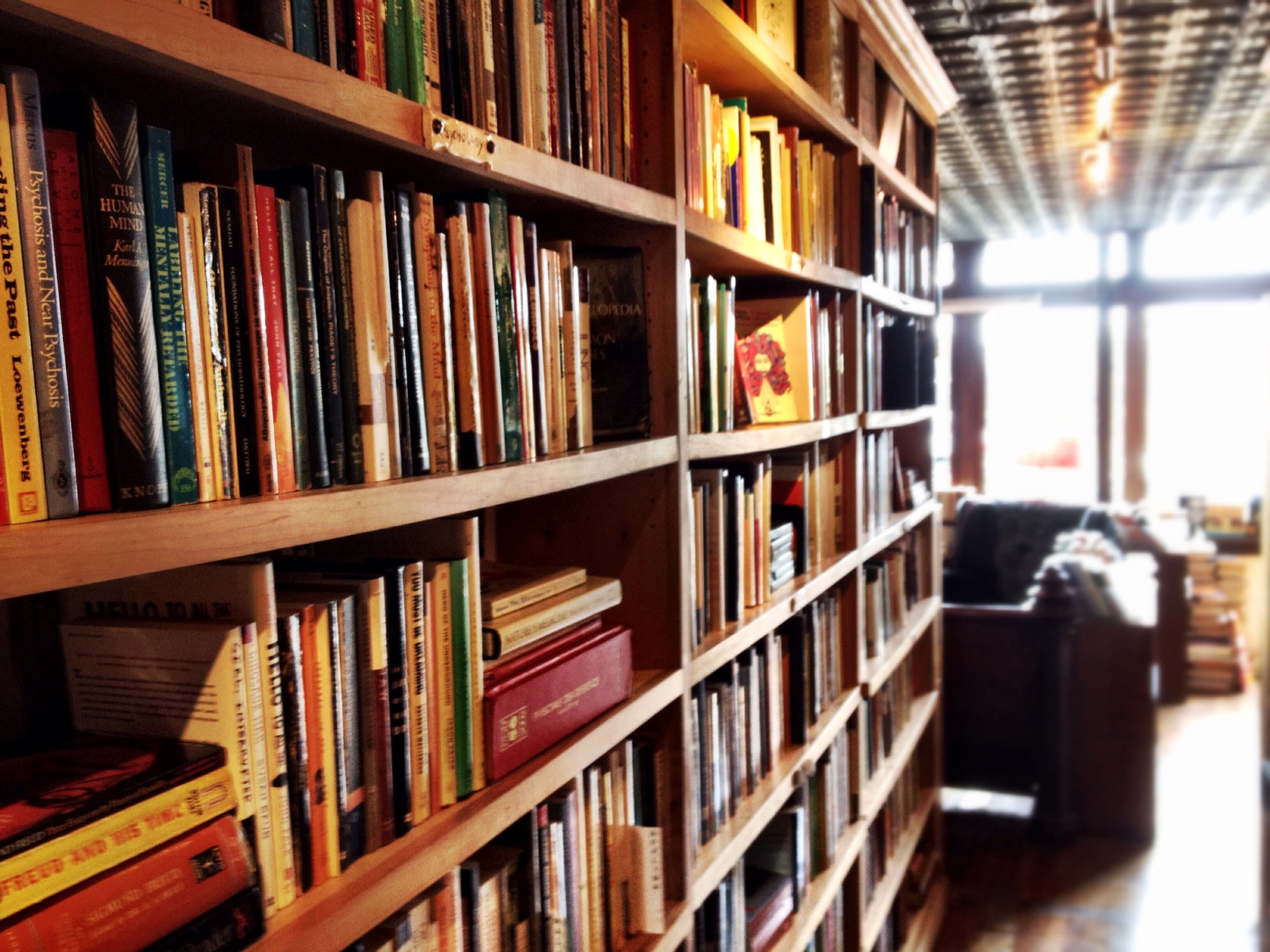
What is the value of the creative economy
The term “creative industries” began to be used about 20 years ago to specify certain types of activities. Some of them are very ancient, others appeared only with the development of digital technologies.
The first attempt to measure the value of creative industries was in 1997 in the UK. The government published Creative Industries – Mapping Document 1998 which listed 13 areas of activity, including advertising, architecture, design, and others. The study also outlined the common fact that they “have their origin in individual creativity, skill and talent and … have a potential for wealth creation through the generation of intellectual property".
Twenty years later, the concept of “creative industries” and their significance are recognized by the most governments in the world and is beginning to fade to a wider “creative economy”.
The creative economy creates jobs that cannot replace machines and technologies, because they depend on human creativity and emotional intelligence.
“The head of the UK's largest telecommunications company joked that you don't need a lot of money or qualifications to get started in the creative economy, you just need to be smart and have a smartphone!”, John Newbigin says.
Currently, the creative industry is a tool for innovation and can be implemented in other industries, creating synergies with these sectors. For example, it facilitates a wide range of industries and professions, from advertising to tourism, and there is evidence that the skills and working styles of the creative sector started influencing other areas of the economy.
Also, the creative economy is one of the fastest growing sectors of the global economy. Therefore, it should be an important part of each country's strategy.
Now there are many environmental problems. Creativity and creative industries can help to solve them. It is often said that oil was the fuel that drove the world economy in the 20th century. Creativity is the oil in the 21st century. But the more oil we use, the less it becomes. And the more creativity we use, the more creative we become and the faster we get answers.
The more analysts think about how to evaluate the true influence of creative industries, the more it becomes obvious that we need more fundamental rethinking of this industry. For example, the British organization Nesta and others came to the conclusion that the number of creative works in “non-creative” industries is probably bigger than the number of creative works in creative industries.
The creative economy is not the same as a car factory that can be moved to the place where labor is cheap and regulation is weak. Creative industries develop from the people’s mind.
A UK government publication “Creative Britain” states that effective long-term policies for creative industries depend on political initiatives.
Therefore, in order to develop a creative economy, we first need schools that encourage creativity, share ideas and experiment. Now, many educational systems, instead of moving forward into the future, are trying to prepare young people for the economy and society, which is no longer there.




